This might be a very stupid question but I can't understand what the three dots stands for in a python def. I was trying to comprehend the cost of the in operator in a deque object (from the collections module), so I navigated through the code and here's what I found:
I thought they mean the method will use the "upper" definition when called, but if I navigate to the overridden method I can't find nothing if not an abstract method in the Container class.. so I still don't get how the in operator works on a deque object.
